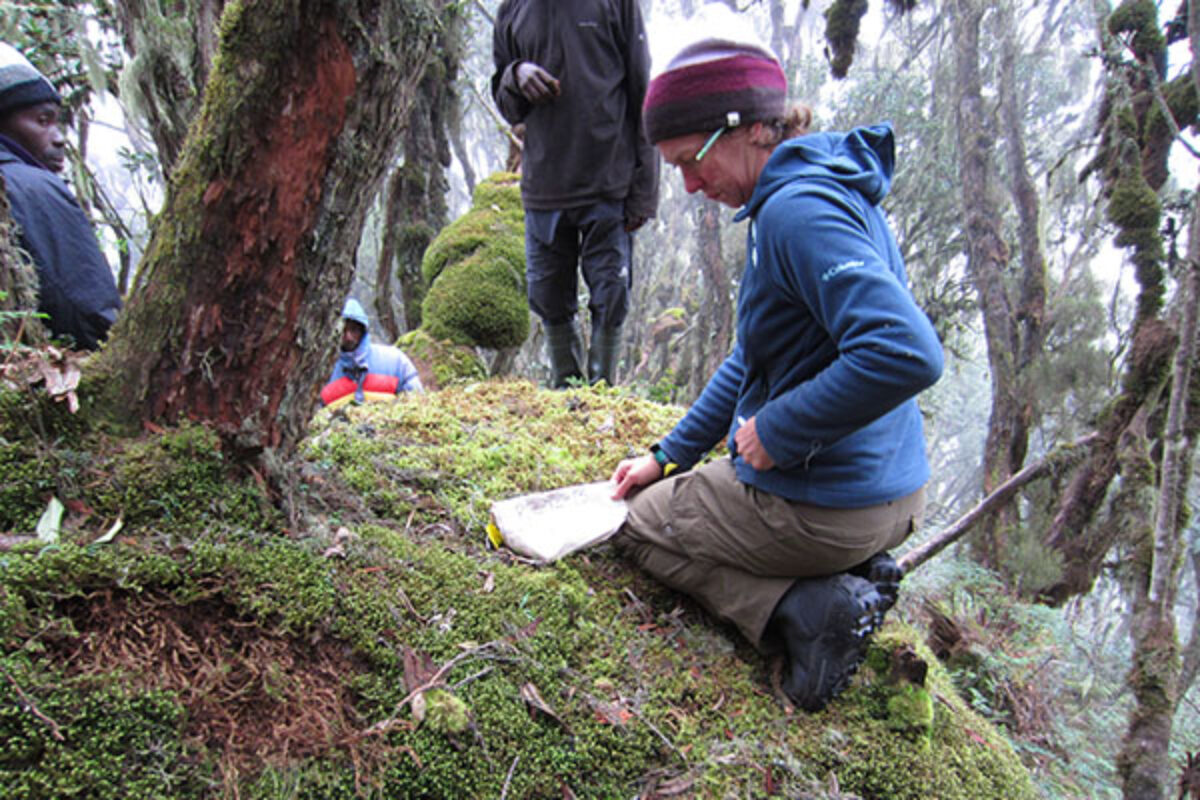Comer Fellow Meredith Kelly's Recently Published Study Links Temperature to a Peruvian Glacier’s Growth and Retreat

Meredith Kelly in the field June 2012. Photograph courtesy of Meredith Kelly.
Sitting on a flat volcanic plain 18,000 feet above sea level, the great Quelccaya ice cap of Peru is the largest piece of ice in the tropics. In recent decades, as scientists have watched it melt at an accelerating pace, it has also become a powerful symbol of global warming.
In a paper released on Tuesday by the journal Geology, a group led by Justin S. Stroup and Comer Fellow Meredith A. Kelly of Dartmouth College in Hanover, New Hampshire, used elaborate techniques to date the waxing and waning over the past 500 years of the glacier, called Qori Kalis.
- Published OnFeb 24, 2014
- PublicationThe New York Times
- AuthorJustin Gillis